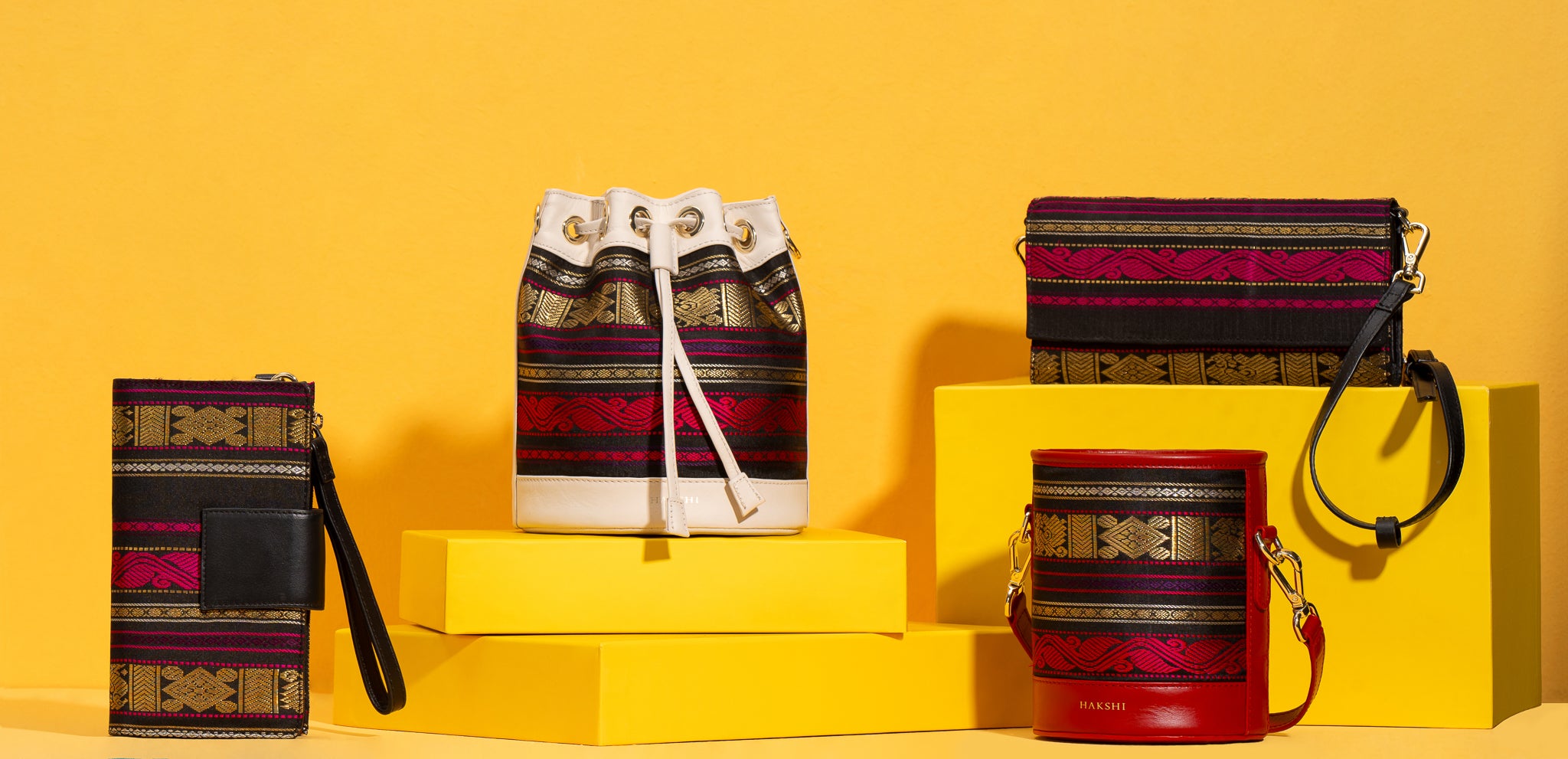The Exquisite World of South Indian Silk Sarees: Types You Must Know About

Silk sarees hold a special place in South Indian culture, embodying grace, tradition, and elegance. South India is renowned for its rich silk weaving heritage, with each region offering unique styles and patterns. Let’s dive into the enchanting world of South Indian silk sarees and explore the various types you must know about.
Kanchipuram Silk Sarees
Origin and CraftsmanshipKanchipuram silk sarees, also known as Kanjeevaram sarees, come from the town of Kanchipuram in Tamil Nadu. These sarees are celebrated for:
- Vibrant colors
- Heavy gold zari work
- Intricate designs
The silk used in Kanchipuram sarees is top-notch, making them durable and richly textured. Common motifs include:
- Peacocks
- Flowers
- Temples
These features make Kanchipuram sarees perfect for weddings and festive occasions. They are often considered the best silk sarees in South India, cherished for their luxurious feel and stunning appearance.
Traditional and Modern Appeal
While traditional Kanchipuram sarees are highly revered, modern designs have also emerged, incorporating contemporary patterns and colors. This adaptability ensures that Kanchipuram sarees remain relevant and fashionable for younger generations.


Kanchipuram silk saree
Mysore Silk Sarees
Elegance and SimplicityMysore silk sarees, originating from the city of Mysore in Karnataka, are known for their:
- Simplicity and elegance
- Lightweight nature
- Smooth, soft texture
Mysore silk sarees feature:
- A variety of colors with minimalistic designs
- Fine gold zari borders
These sarees are ideal for both casual and formal wear, making them a must-have in any collection of South Indian silk sarees.
Versatility and ComfortThe lightweight nature of Mysore silk sarees makes them particularly comfortable in warmer climates. Their versatility allows them to be styled for both traditional ceremonies and modern events, making them a favorite across different age groups.
Banarasi Silk Sarees
Rich HeritageOriginally from Varanasi in North India, Banarasi silk sarees have found immense popularity in South India as well. They are renowned for:
- Opulent embroidery
- Intricate patterns
- Rich zari work
Banarasi sarees often feature:
- Floral and foliate motifs
- Kalga and bel
- A string of upright leaves called jhallar at the border's edge
They are a staple in bridal trousseaus, cherished for their grandeur, making them one of the most sought-after types of silk sarees in India.
Cultural SignificanceBanarasi sarees hold significant cultural value, often passed down through generations as heirlooms. Their timeless beauty and craftsmanship make them a symbol of Indian heritage and tradition.


Pochampally Ikat Sarees
Unique Geometric PatternsPochampally Ikat sarees come from the town of Bhoodan Pochampally in Telangana. They are famous for:
- Geometric patterns created through the ikat dyeing technique
The process involves resist dyeing of the yarns before weaving, resulting in:
- Beautiful, blurred designs
- Striking and artistic patterns
These sarees are lightweight and comfortable, suitable for everyday wear as well as special occasions. Their unique patterns and vibrant colors make them a stylish choice for modern women, highlighting the diversity among different types of silk sarees in India.


Ikat Saree
Dharmavaram Silk Sarees
Rich and VibrantDharmavaram silk sarees originate from the town of Dharmavaram in Andhra Pradesh. Known for their:
- Rich colors
- Broad borders
- Intricate pallus adorned with gold zari
Designs often feature traditional motifs such as:
- Peacocks
- Elephants
- Geometric patterns
Dharmavaram sarees are heavier, making them a preferred choice for weddings and significant celebrations. Their intricate designs and luxurious feel ensure they are often treasured as family heirlooms.
Arani Silk Sarees
Fine Quality and TextureArani silk sarees come from the town of Arani in Tamil Nadu. These sarees are known for their:
- Fine quality and soft texture
They often feature:
- Contrasting borders and pallu
- Traditional motifs
Arani sarees are popular for both festive and casual wear. The blend of traditional and modern designs makes them some of the best silk sarees for those who appreciate subtle elegance.
Kota Silk Sarees
Lightweight and ComfortableKota silk sarees, originally from Kota in Rajasthan, are beloved in South Indian wardrobes. These sarees are known for:
- Lightweight nature
- Distinctive checkered pattern known as 'khat'
Versatility
The blend of silk and cotton makes them comfortable to wear in warmer climates. They come in a wide range of colors and designs, making them versatile for various occasions. Including Kota sarees in the list of Indian silk sarees shows the blend of cultures and styles across the country.
Modern Appeal
Kota silk sarees have gained popularity among younger generations for their lightweight and breathable fabric, making them a fashionable choice for both traditional and contemporary attire.

Source:Pinterest
Conclusion
South Indian silk sarees are a testament to the region's rich cultural heritage and skilled craftsmanship. Each type of saree, from the opulent Kanchipuram to the artistic Pochampally Ikat, offers a unique blend of tradition and elegance. Whether for weddings, festivals, or everyday wear, there is a South Indian silk saree to suit every occasion and personal style. Embracing these sarees not only celebrates their beauty but also supports the weavers who continue to preserve these age-old traditions.
Exploring the different types of silk sarees in India reveals the incredible diversity and richness of Indian silk sarees, making them a treasured part of Indian heritage.






Leave a comment